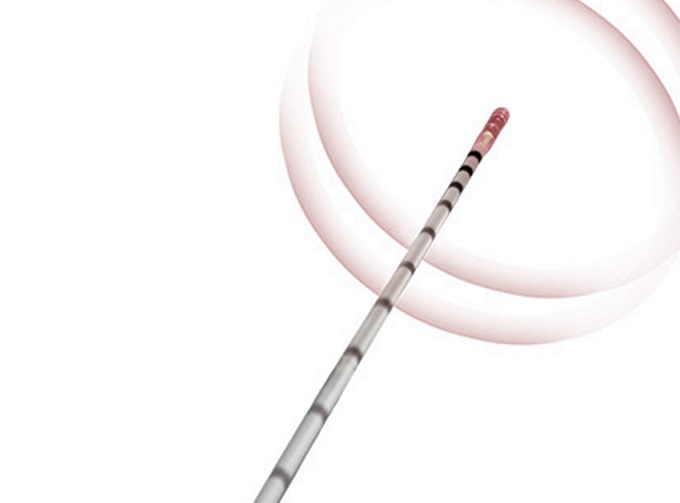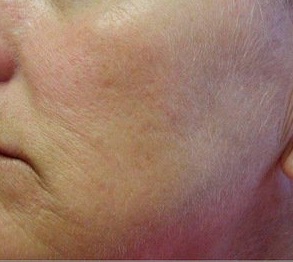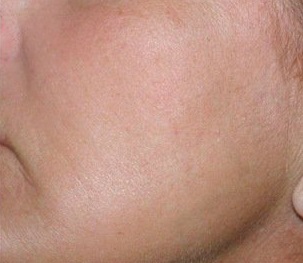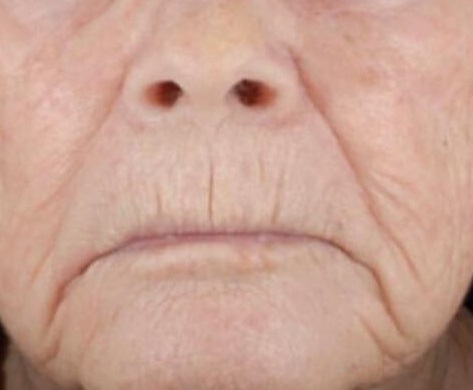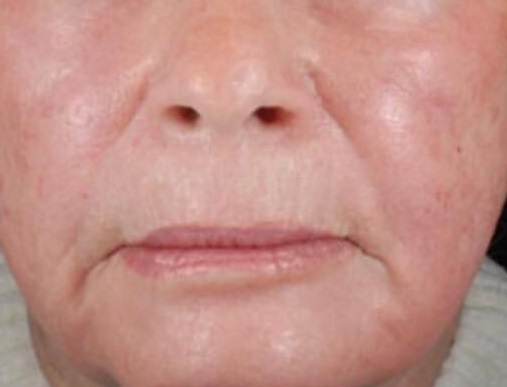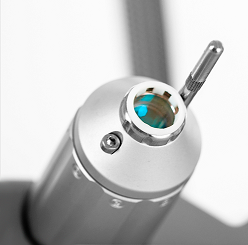As a result of the laser endolifting procedure, microtunnels are created under the skin parallel to the gravitational vectors. Due to the selective photothermal action of the surgical laser in the dermis and hypodermis, the temperature rises to the desired values, and the following effects occur:
- activation of the exchange functions of the extracellular matrix, which triggers the process of neocollagenesis, i.e. synthesis of own collagen cells.
- retraction of the connecting partitions,
This all leads to a lifting effect:
- photobiomodeling of both deep and superficial layers of the skin,
- tissue vascularization,
- skin toning,
Also, depending on the power of the medical laser beam, the reduction of excess fat can be controlled in a controlled manner, i.e. carry out the laser endolifting procedure in addition to the elements of the liposuction procedure. Thus, the face contour is smoothed, superficial and deep wrinkles are smoothed, and skin turgor improves. This technique can be applied to areas such as double chin, jaw line, wrinkles, nasolabial folds, lower eyelid wrinkles, crow’s feet and neck wrinkles. The procedure does not require incisions or anesthesia. The patient may experience only mild discomfort. The method of laser SMAS endolifting can be combined with any device exposure and injection therapy and is performed only on the multifunctional LASEST complex.


